Restoring Local Stewardship for Resilient Lands
By Max Trujillo, San Miguel County Commissioner and Hispanic Conservation Leadership Council member.
For as long as I can remember, forest management was something we simply lived. It was part of our way of life. In small towns across northern New Mexico, we worked with the land. We cut trees to make a living, cared for the forest, and in return, the land took care of us. But over time, that relationship changed.
By the late ’60s and early ’70s, the mills that once provided jobs and a reason to manage the forest shut down. By the ‘80s, it seemed no one was left who truly knew how to care for the land. When the government, specifically the U.S. Forest Service, took over, forest management became a top-down process. It didn’t take into account the generations of knowledge rooted in our communities.
As a result, the trees overgrew, pests like the bark beetle took over, and invasive species spread. All of this happened because the forest wasn’t being tended to by the people who knew it best. The Forest Service may have had the best intentions, but their approach was disconnected from the daily lives and ancestral understanding of the people who lived and worked there.
The Calf Canyon/Hermits Peak Fire is a devastating example of what happens when that connection is lost. What began as a controlled burn meant to manage the forest quickly spiraled out of control, scorching over 350,000 acres and devastating homes, communities, and ecosystems. Some might say the timing was off. But more truthfully, the fire was the outcome of decades of mismanagement and neglect of failing to include those who knew how to live with the land.
Ironically, the fire was finally extinguished by the first monsoon rains. The impact of the fire extended beyond physical destruction. Waterways became unpredictable and dangerous. Roads washed out. Forests and watersheds were permanently altered.
Beyond the loss of homes and land, the emotional impact on the residents was immense. The people of Mora and San Miguel County, two of the poorest in New Mexico, were left to navigate the aftermath. People lost not just homes, but their history, their way of life. Post-Traumatic Stress Disorder (PTSD) spread through our community like wildfire of its own.
It’s easy to say that the government should just “fix it,” but the reality is that we are all connected to the land. Forest management isn’t just about extinguishing fires or regulating land from a distance. It’s about creating a healthy, sustainable environment where people and the land can coexist. The way I see it, forest management is like tending to a garden. You must nurture it, plant new growth, and maintain balance. When the forest is properly managed, wildlife thrives, and the people who rely on the land thrive alongside it.
But this balance is fragile. Without adequate funding and support, our public lands are at risk. We need to reinvest thoughtfully and intentionally in the proper management of our forests before it’s too late.
Now is also the time to also reimagine our relationship with the land. We must bring back local knowledge and center the voices of those who have lived, worked, and stewarded these forests for generations. Together, we can create a more resilient and sustainable future, where ecosystems thrive and communities are strengthened.
With the right support and collaboration, we can protect the land and uplift our people.
The forest is calling us back. Let’s listen.


